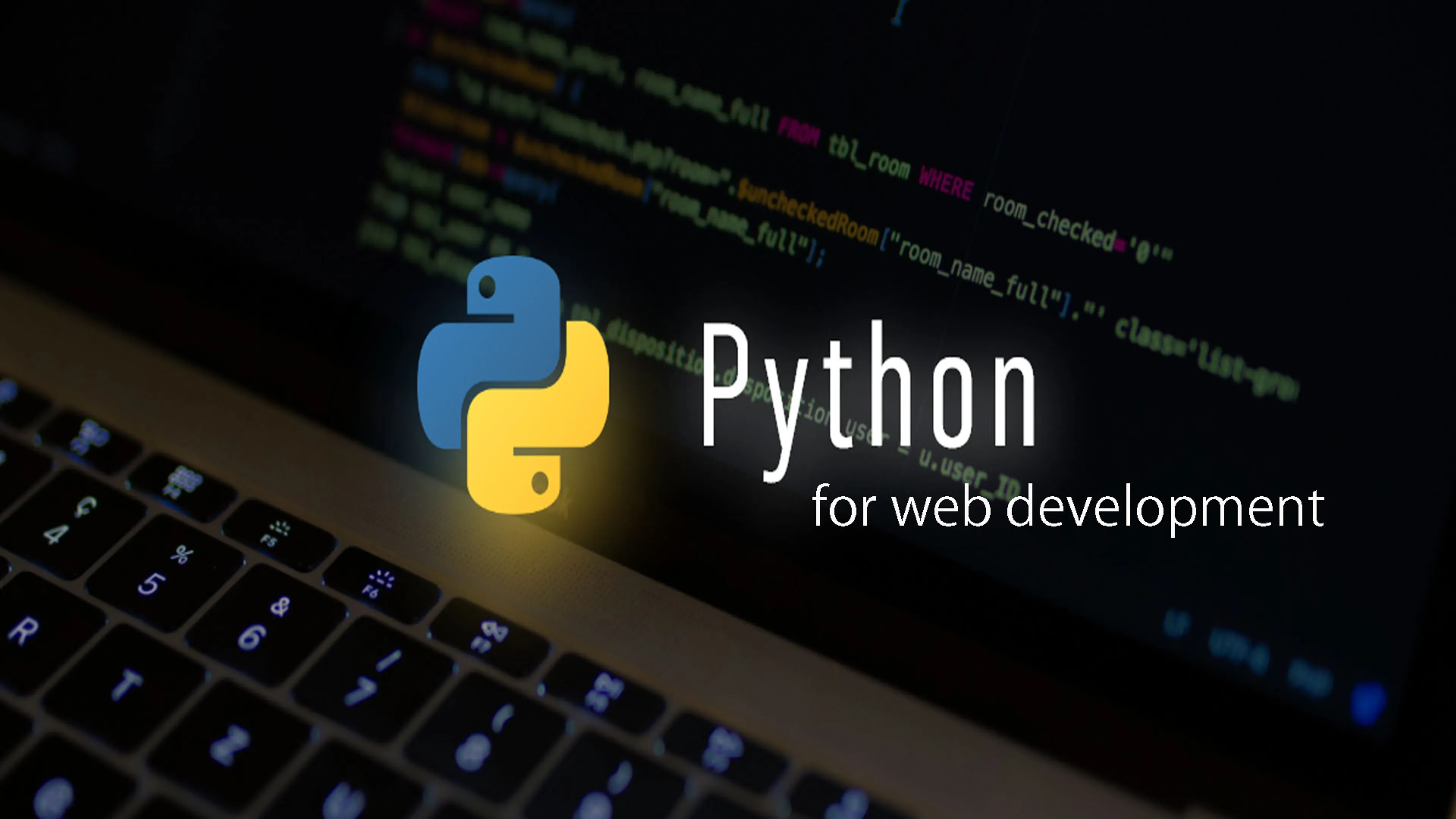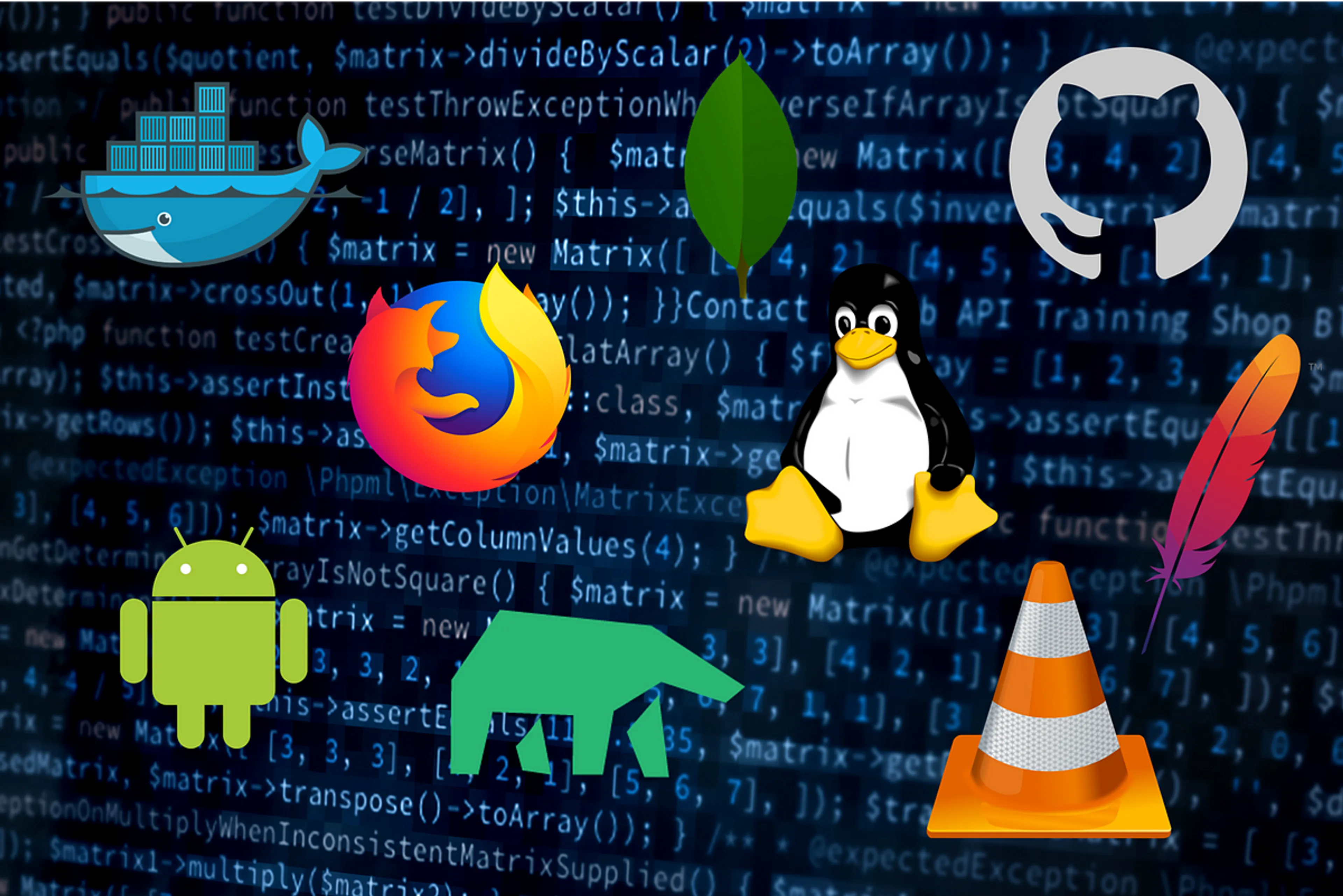Python, often referred to as the "Swiss Army Knife" of programming languages, has gained immense popularity for its versatility and ease of use. It has become the go-to language for a wide range of applications, from data analysis and machine learning to web development and automation. In this exploration, we'll uncover the power of Python, delving into how it has established itself as a dominant force in the tech world.
1. A Brief Introduction to Python
Python is a high-level, interpreted programming language known for its clean and readable syntax. Guido van Rossum created Python in the late 1980s, and since then, it has grown into one of the most popular programming languages globally. Its design philosophy emphasizes code readability and developer productivity.
2. Data Analysis and Scientific Computing
Python has become the de facto language for data analysis and scientific computing. Libraries such as NumPy, pandas, and Matplotlib provide robust tools for data manipulation, analysis, and visualization. Jupyter notebooks, an interactive computing environment, have revolutionized data exploration and presentation.
3. Machine Learning and Artificial Intelligence
Python has a strong foothold in the field of machine learning and artificial intelligence. Libraries like TensorFlow, PyTorch, and scikit-learn empower developers to build sophisticated models for tasks such as image recognition, natural language processing, and predictive analytics. Python's simplicity and extensive libraries make it an ideal choice for AI development.
4. Web Development with Django and Flask
Python excels in web development as well. Frameworks like Django and Flask have simplified web application development, offering powerful tools for building dynamic and scalable websites. Django, in particular, follows the "batteries-included" philosophy, providing everything developers need to create robust web applications.
5. Automation and Scripting
Python is a preferred choice for automation and scripting tasks due to its ease of use and platform compatibility. It can be used to automate repetitive tasks, manage files, interact with APIs, and perform system administration chores. The simplicity of Python scripts makes them accessible to both developers and non-developers.
6. Internet of Things (IoT) and Embedded Systems
Python's lightweight nature and extensive libraries make it suitable for IoT and embedded systems development. MicroPython and CircuitPython, Python variants tailored for microcontrollers and single-board computers, simplify IoT projects. Python's community-driven support for hardware interfaces and sensors further enhances its IoT capabilities.
7. Community and Ecosystem
Python's success is also attributed to its vibrant and inclusive community. The Python Software Foundation (PSF) fosters collaboration, organizes conferences, and maintains the language's development. Additionally, the Python Package Index (PyPI) hosts thousands of open-source libraries and packages, enabling developers to extend Python's functionality easily.
8. Cross-Platform Compatibility
Python's cross-platform compatibility allows developers to write code that runs seamlessly on various operating systems, including Windows, macOS, and Linux. This portability simplifies the deployment of Python applications across different environments.
9. The Future of Python
Python continues to evolve, with version updates and improvements. Its relevance in emerging fields like quantum computing, blockchain, and edge computing positions Python as a language that is here to stay.
10. Conclusion: The Language of Possibilities
Python's versatility, simplicity, and robust ecosystem make it a language of endless possibilities. Whether you're a data scientist, web developer, AI enthusiast, or someone looking to automate everyday tasks, Python provides the tools and community support needed to turn your ideas into reality. Its power lies not only in what it can do but also in how accessible it is to everyone, making Python a driving force in the tech world.


